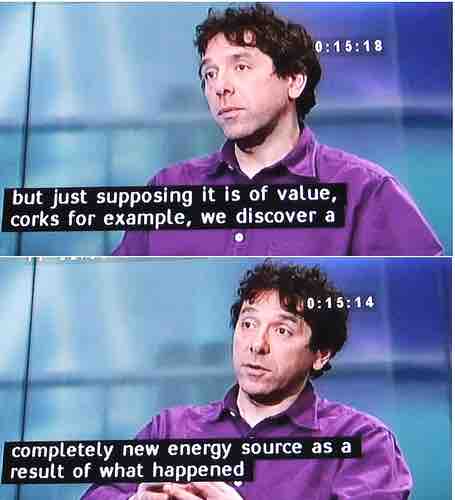Communicating Examples
Examples are essential to a presentation that is backed up with evidence, and it helps the audience effectively understand the message being presented. An example is a specific situation, problem, or story intended to help communicate a more general idea. Examples are most effective when they are used as a complement to a key point in the presentation and focus on the important topics of the presentation.

Corks, for Example
An example can make an abstract idea clearer.
Using Examples to Complement Key Points
One method of effectively communicating examples is by using an example to clarify and complement a main point of a presentation. If an orator is holding a seminar about how to encourage productivity in the workplace, an example may be used that focuses on how an employee received an incentive to work harder, such as a bonus, and this improved the employee's productivity. An example like this would act as a complement and help the audience better understand how to use incentives to improve performance in the workplace.
Using Examples that are Concise and to the Point
Examples are essential to help an audience better understand a topic. However, a speaker should be careful to not overuse examples as too many examples may confuse the audience and distract them from focusing on the key points that the speaker is making.
Examples should also be concise and not drawn out so the speaker does not lose the audience's attention. Concise examples should have a big impact on audience engagement and understanding in a small amount of time.